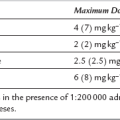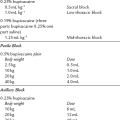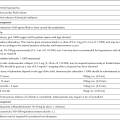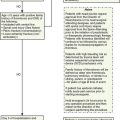
Anti-wrinkle injections have become more popular, emerging as one of the most common non-surgical cosmetic treatments. As more people look for youthful and smooth skin, these injections have gained more attention. They can reduce fine lines and wrinkles quickly and effectively.
But how exactly do they work, and why are they so widely sought after?
The science behind anti-wrinkle injections
The injections use botulinum toxin, a purified protein derived from the bacterium Clostridium botulinum. The word “toxin” may sound alarming but when administered in small, controlled amounts by a trained professional, it is safe and has been used in medical and cosmetic treatments for decades.
The primary mechanism of anti-wrinkle injections is the ability to temporarily relax facial muscles. Wrinkles often form due to repetitive muscle movements (frowning, squinting, smiling, etc). When botulinum toxin is injected into the targeted area, it blocks the release of a neurotransmitter called acetylcholine, responsible for muscle contractions. The treated muscles relax, and the skin appears smoother, reducing the appearance of wrinkles.
Common areas treated
Anti-wrinkle injections are most effective in treating dynamic wrinkles, which form due to repeated facial expressions. These areas include forehead lines (which appear when raising your eyebrows), frown lines (between the eyebrows), and crow’s feet, which are the fine lines at the outer corners of the eyes (often seen when smiling).
As well as these areas, anti-wrinkle injections are also used for other purposes like lifting the eyebrows, softening a “gummy smile”, or reducing chin dimpling. Bunny lines (nasal wrinkles) and down-turned corners of the mouth are also treated.
Besides aesthetics, botulinum toxin is used in medical treatments for conditions such as migraines, excessive sweating, and muscle spasms.
How much do they cost?
Generally, the price is calculated per unit of botulinum toxin used, so anti-wrinkle injection costs vary, with a standard treatment costing around a couple of hundred dollars. For those opting to treat multiple areas, the costs can rise to a little bit more for three areas. Specialised treatments such as those for masseters or trapezius muscles may also cost more.
The treatment process
The process of receiving anti-wrinkle injections is straightforward and typically involves a few steps:
- Consultation with a professional who assesses your concerns, discusses your goals, and determines appropriate areas for treatment.
- Preparation with skin cleansed and sometimes a topical anesthetic applied to minimize discomfort.
- Injection using a fine needle into the targeted muscles. The procedure is quick, lasting around 15 minutes.
- Aftercare, with patients advised to avoid rubbing the treated areas, exercising, or lying down for a few hours after treatment.
Treatments result in fewer wrinkles and smoother skin, with results potentially lasting 3-6 months. Some people choose to have treatments 3-4 times per year.
Last word
Anti-wrinkle injections work by relaxing the muscles that contribute to wrinkles, offering a quick solution for smoother skin. The treatment is safe and simple, but choosing a qualified professional is important. Whether it’s for a subtle refresh or a preventative measure, anti-wrinkle injections offer a proven option. In the hands of an experienced practitioner, they provide aesthetic benefits for a boost in confidence.





